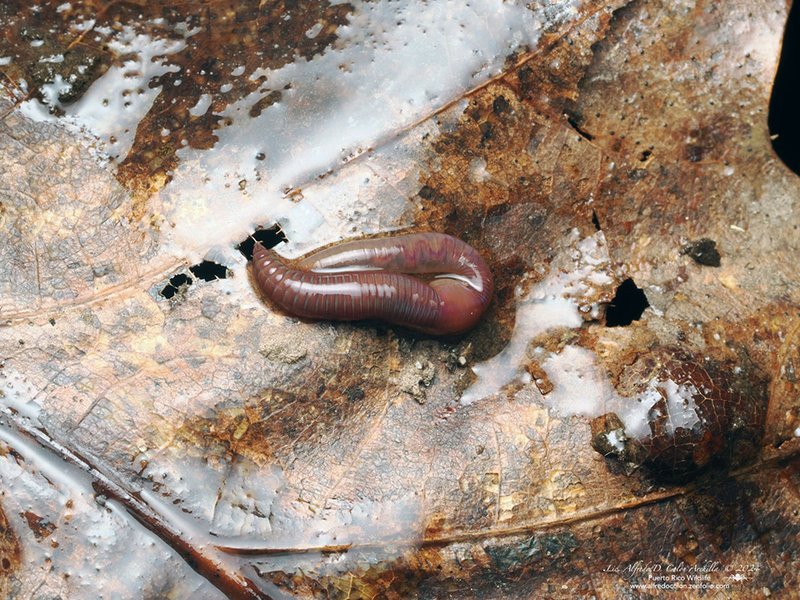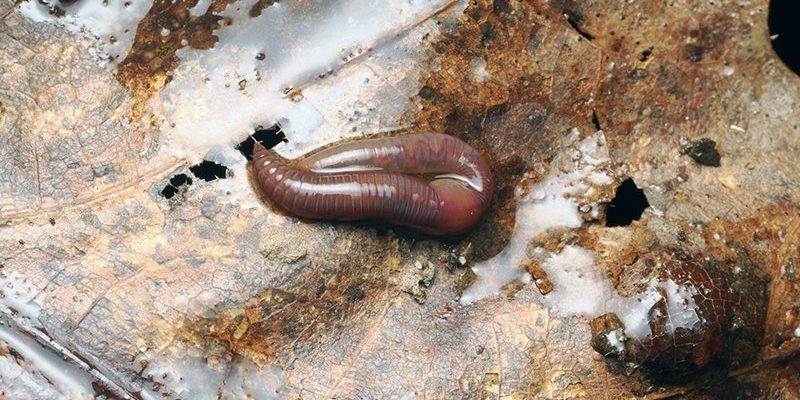
Imagine Earth as a giant clock, with each season ticking away like the hands moving in sync. As temperatures rise and fall, earthworms respond to the rhythm, influencing their activity levels, reproduction, and even feeding habits. You might be wondering how these tiny wriggly friends thrive in different weather conditions. Well, let’s dig in—pun intended—and unravel the fascinating world of earthworm activity across the seasons.
Spring: The Season of Awakening
As the chill of winter recedes and the sun starts to warm the soil, earthworms begin to stir from their slumber. In spring, you’ll find them surfacing, ready to feast on fallen leaves, decaying plants, and other organic matter. This is their way of recharging after the long, cold months tucked deep underground.
Why is spring so crucial for earthworms? During this time, the soil becomes rich in nutrients as plants decompose, creating a buffet that earthworms adore. As they munch away, they help break down this organic matter, turning it into nutrient-rich castings that enhance soil fertility. This is why gardeners often celebrate these creatures, as their presence can lead to healthier plants.
Earthworms are also quite social during spring. As the temperature rises, they start to reproduce, increasing their populations. A single worm can lay several cocoons containing eggs, which can lead to a mini-earthworm explosion in just a few months! It’s a busy time in the earthworm world, as they work hard to prepare their habitat for the growing season ahead.
Summer: Peak Activity Period
When summer hits, earthworms are in their element. The warm soil is perfect for their activities, and they become quite active. During this season, you’ll notice them moving closer to the surface, especially after rains. The moist conditions create a comfortable environment for them to roam, feed, and reproduce.
You might think of this as the “party time” for earthworms. They’re not just munching away; they’re also aerating the soil with their movements. This is essential for plant roots, allowing them to access oxygen and nutrients better. Think of earthworms as nature’s gardeners, tirelessly working to improve the soil structure.
However, summer can also bring challenges. Prolonged heat can dry out the soil, making it tougher for earthworms to survive. They have a unique way of dealing with this: by burrowing deeper into the ground to find cooler, moister areas. Some species even enter a state akin to dormancy if conditions get too harsh, waiting for more favorable weather.
Autumn: Preparing for Winter
As the leaves change colors and fall to the ground, earthworms prepare for the colder months ahead. Autumn is a time of transition for these creatures, as they start to stockpile nutrients in their bodies. The cooler temperatures signal to them that it’s time to gather food before winter takes its toll.
During this season, earthworms begin to slow their activity. They’ll dig deeper into the soil, seeking protection from the frost and harsh conditions above. This is also when they can be spotted near the surface, taking advantage of the rotting leaves and other organic matter that accumulate during fall.
You might see fewer earthworms while gardening in autumn, but rest assured they’re still at work—just deeper down. This behavior helps them stay safe as temperatures drop and the ground freezes. It’s like they’re getting ready for a long hibernation, ensuring they have enough energy to thrive once spring comes around again.
Winter: The Deep Sleep
When winter arrives and temperatures plunge, earthworms enter a phase of dormancy. This is not quite hibernation, but it’s a time when they significantly slow down their activity. With the ground often frozen solid, their movements are limited, and they retreat deep into the soil where it remains warmer.
Earthworms are surprisingly hardy. They can survive freezing temperatures by creating a kind of protective gel in their bodies that helps them withstand the cold. They will not be munching on organic matter or interacting much with each other during this time. Instead, they conserve energy and wait for the ground to warm up again.
While you might not see them, earthworms are vital to the ecosystem even in winter. The work they did in previous seasons—like aerating the soil and breaking down organic matter—creates a healthier environment for plants to thrive as soon as spring arrives once more.
Year-Round Benefits of Earthworm Activity
So, why should we care about all this seasonal behavior? Earthworms are like little superheroes of the soil. They contribute to the natural processes that keep our ecosystems balanced. Their activity not only enriches the soil but also supports plant life.
Here are a few key benefits of having earthworms around:
- Soil Aeration: Their burrowing helps oxygenate the soil, which is crucial for plant roots to grow.
- Nutrient Cycling: Earthworms break down organic matter, transforming it into nutrients that plants can absorb.
- Water Retention: Their tunneling improves the soil structure, helping it retain moisture better.
- Natural Pest Control: Healthy soil, complemented by earthworm activity, promotes a diverse ecosystem that can keep pests in check.
Keeping these tiny creatures in mind while gardening or managing land can lead to a healthier, more productive ecosystem.
From spring to winter, earthworms play a critical role in maintaining the health of our soil and the planet. Understanding their seasonal behaviors allows us to appreciate their contributions even more. Whether you’re a seasoned gardener or just someone who loves nature, recognizing the importance of these little wrigglers can help us all create a better environment.
So, next time you see an earthworm, take a moment to appreciate the hard work it’s doing beneath your feet. After all, these small creatures have a big impact on the world around us, working tirelessly year-round to ensure our ecosystems thrive.

